Exploring Moonquakes: Understanding Lunar Seismic Activity
Written on
Chapter 1: The Nature of Moonquakes
You might be thinking, "Does the Moon experience earthquakes?" Not quite! Instead, it experiences surprisingly powerful moonquakes. Additionally, be cautious of potential landslides!
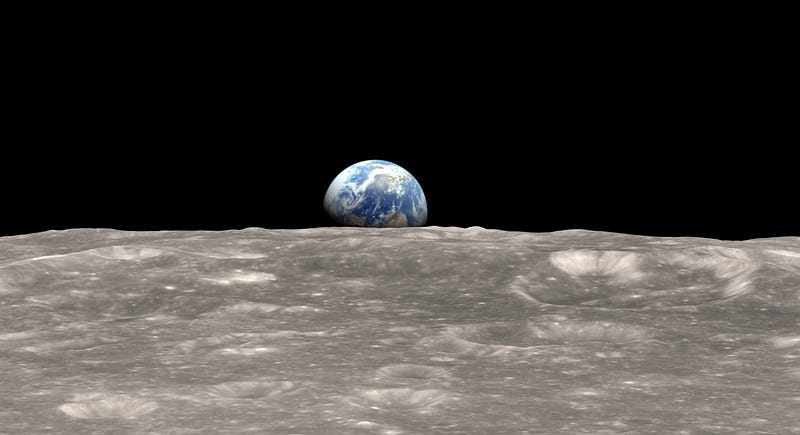
Image: NASA
Moonquakes have enough intensity to crack plaster walls or even bring down brick chimneys. While these materials might not be ideal for future lunar habitats, any future settlers must remain vigilant regarding possible moonquakes and associated landslides.
“Our simulations indicate that shallow moonquakes capable of significant ground shaking may occur in the south polar region due to existing fault slip events or the development of new thrust faults,” stated Dr. Thomas Watters, a senior scientist emeritus at the National Air and Space Museum.
A report published on January 25 in the Planetary Science Journal expands on various prior studies concerning moonquakes and the dynamic properties of the Moon's crust, emphasizing the threat posed by quake-induced landslides in areas earmarked for NASA's Artemis III missions, which aim to return humans to the lunar surface.
Section 1.1: Measuring Moonquakes
Most of our understanding of lunar tremors stems from five seismometers deployed across the Moon's surface by Apollo astronauts between 1969 and 1972. Although data collection ended in 1977, researchers have continued to analyze this valuable information.
A 2006 study uncovered several quakes exceeding magnitude 5.0, a level considered moderate yet capable of damaging weak structures on Earth.
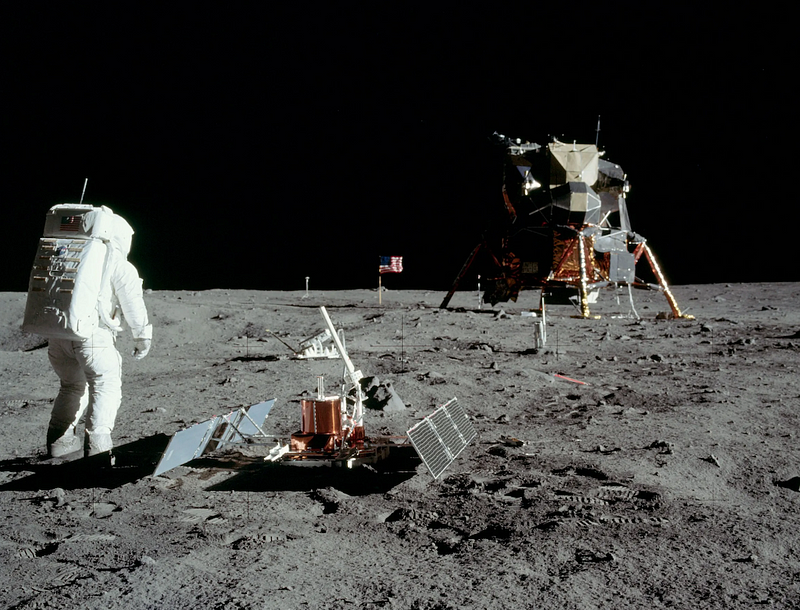
Image: NASA
While earthquakes on Earth are mainly driven by massive, shifting tectonic plates, the Moon lacks such plates. So, what triggers its quakes?
Since its fiery formation, the Moon has been cooling and contracting. Its diameter has decreased by hundreds of feet over the past billion years, potentially even more recently. This contraction causes the surface to wrinkle, similar to a grape drying into a raisin, resulting in a fragile exterior characterized by thrust faults akin to those that induce earthquakes.
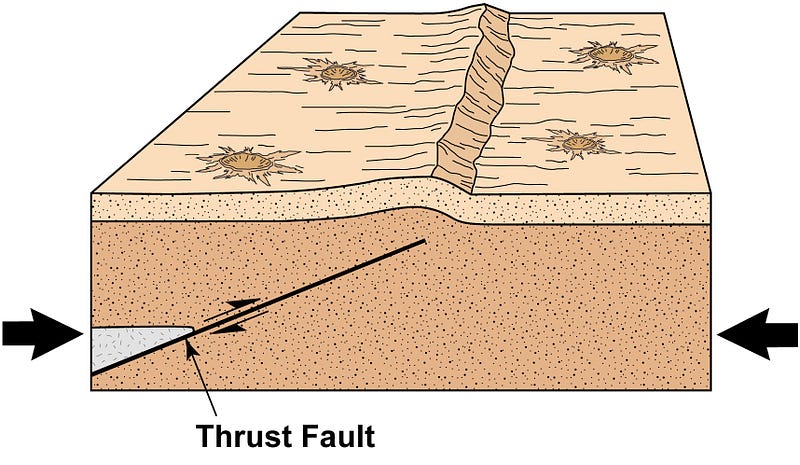
Thrust faults emerge when the Moon's crust is compressed, fracturing the near-surface materials. This creates steep slopes known as scarps, as depicted in the diagram. Image: Arizona State University
Recent investigations, utilizing images from the Lunar Reconnaissance Orbiter (LRO) published in 2019 in Nature Geoscience, have confirmed that the Moon continues to shrink, altering its landscape and generating seismic activity along ancient fault lines. Consequently, moonquakes exhibit behavior similar to Earth’s seismic events.
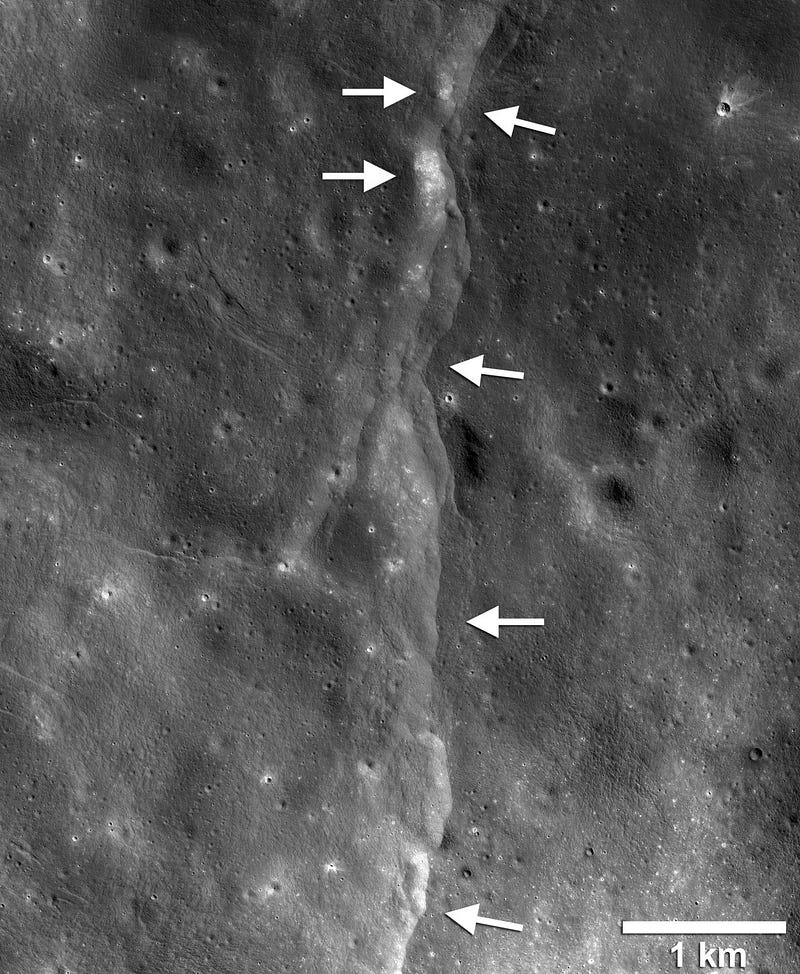
This prominent thrust fault appears as small, stair-like cliffs from the lunar surface. These cliffs form when one section of the Moon’s crust is pushed over an adjacent section as the Moon's interior cools and contracts. Image: NASA/GSFC/ASU/Smithsonian
Section 1.2: Quakes Linked to Faults
According to team member Dr. Nicholas Schmerr, an assistant professor of geology at the University of Maryland, many quakes recorded in the Apollo data occurred near the faults visible in LRO imagery.
The LRO images reveal landslides and displaced boulders, suggesting recent fault movements as tectonic shifts fracture the Moon’s brittle crust.
“It’s quite likely that these faults remain active today,” Schmerr noted. “Active tectonics are a rarity outside of Earth, making it thrilling to consider that these faults may still induce moonquakes.”
Chapter 2: The Ongoing Transformations of the Moon
The first video, "Earthquakes On The Moon," explains the surprising seismic activity on the lunar surface and its implications for exploration.
Additionally, a 2019 study identified “wrinkle ridges,” curved hills, and shallow trenches within one of the Moon's vast basins, indicating that the Moon is indeed shrinking. Researchers concluded that these ridges formed over the last billion years, with some being as young as 40 million years—a blink in the Moon's 4.5 billion-year history.
“The Moon is still undergoing quakes and tremors due to its internal processes,” remarked Nathan Williams, a post-doctoral researcher at NASA’s Jet Propulsion Laboratory. “It has been losing heat over billions of years, shrinking and becoming denser.”
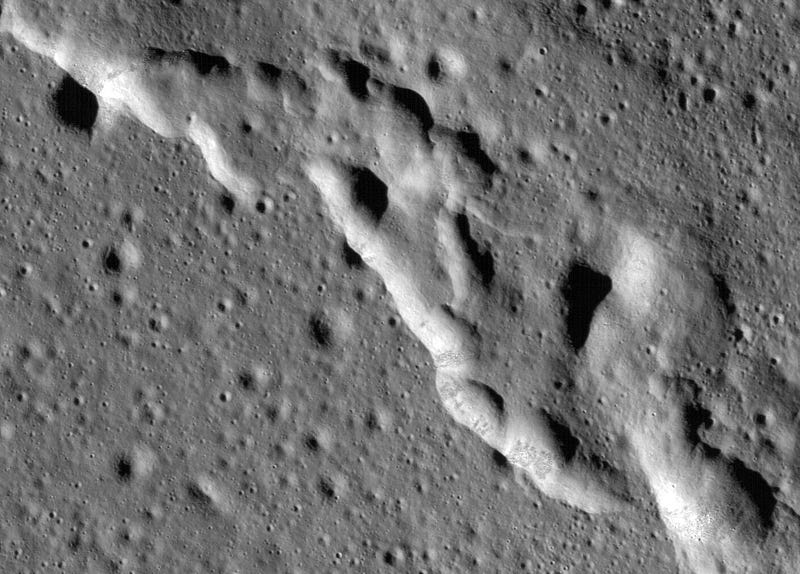
Image: NASA
A recent discovery highlighted in the September 2023 issue of the Journal of Geophysical Research – Planets revealed minor “quakes” occurring in a distinct pattern each morning. These vibrations were traced back not to lunar seismic activity but to the descent stage of the Apollo 17 lunar lander, which was left behind after serving as the launch platform for the ascent stage.
With no atmosphere, the Moon's surface temperature fluctuates dramatically, ranging from minus 208 degrees Fahrenheit (-133 Celsius) at night to a blistering 250 degrees F (121 C) during the day. When the lander heats up, it expands significantly, as explained by study co-author Dr. Allen Husker, a research professor of geophysics at Caltech.
“Every lunar morning when sunlight hits the lander, it starts to pop,” Husker explained.
Not exactly a welcoming environment.
“The Moon's surface resembles dry, compacted gravel and dust. Over billions of years, it has been bombarded by asteroids and comets, resulting in angular fragments being ejected from these impacts,” Schmerr elaborated. “Consequently, the reworked surface material varies from microscopic particles to boulders, all loosely consolidated. This loose sediment greatly increases the likelihood of shaking and landslides.”
With extreme cold, intense heat, moonquakes, and landslides—combined with the lack of an atmosphere—there's much to consider should we aim to establish a presence or simply visit this barren celestial outpost.
The second video, "The Moon is Shrinking, Causing Moonquakes," delves into the lunar shrinkage and the resulting seismic activities, highlighting the challenges for future exploration.